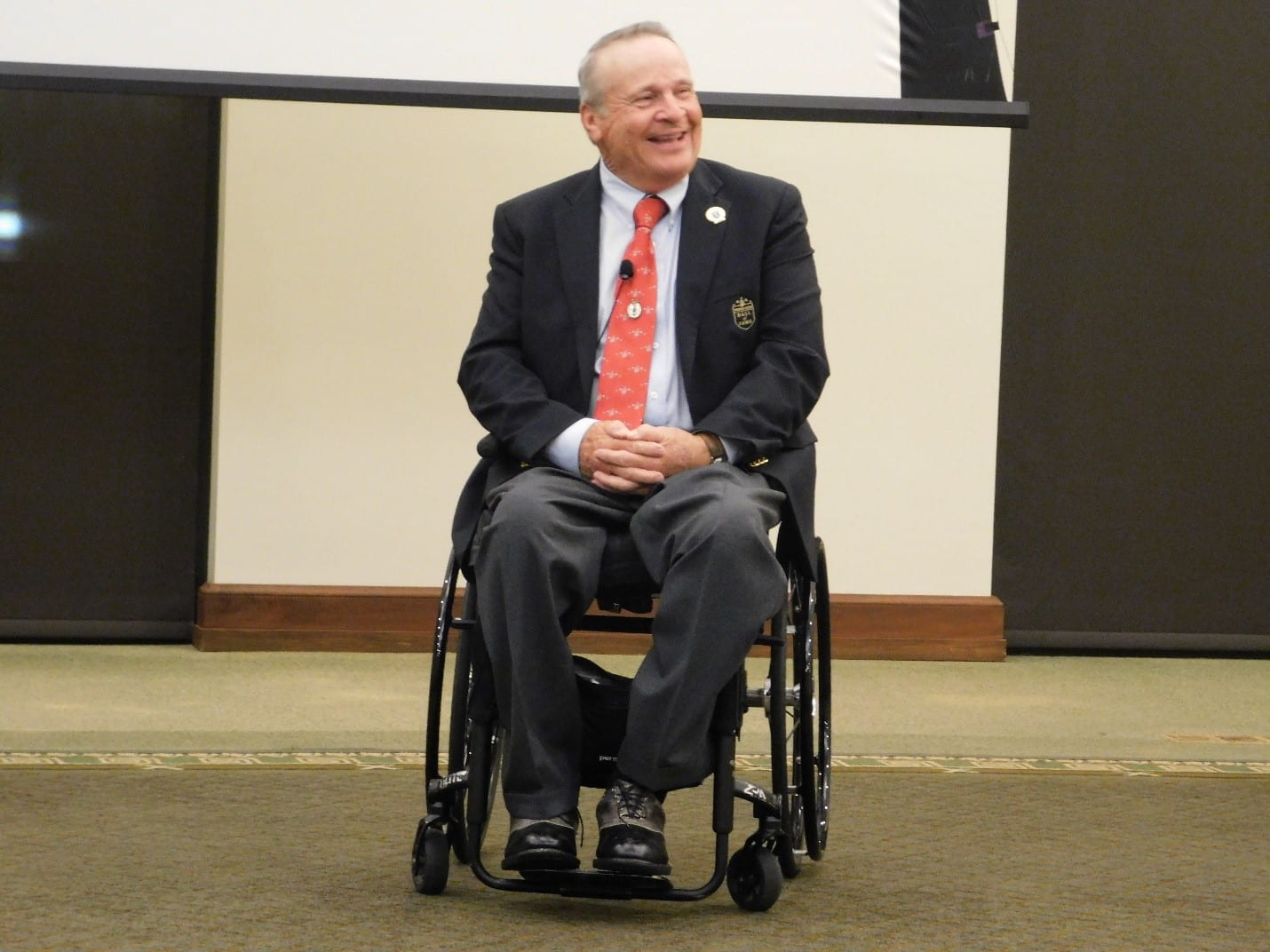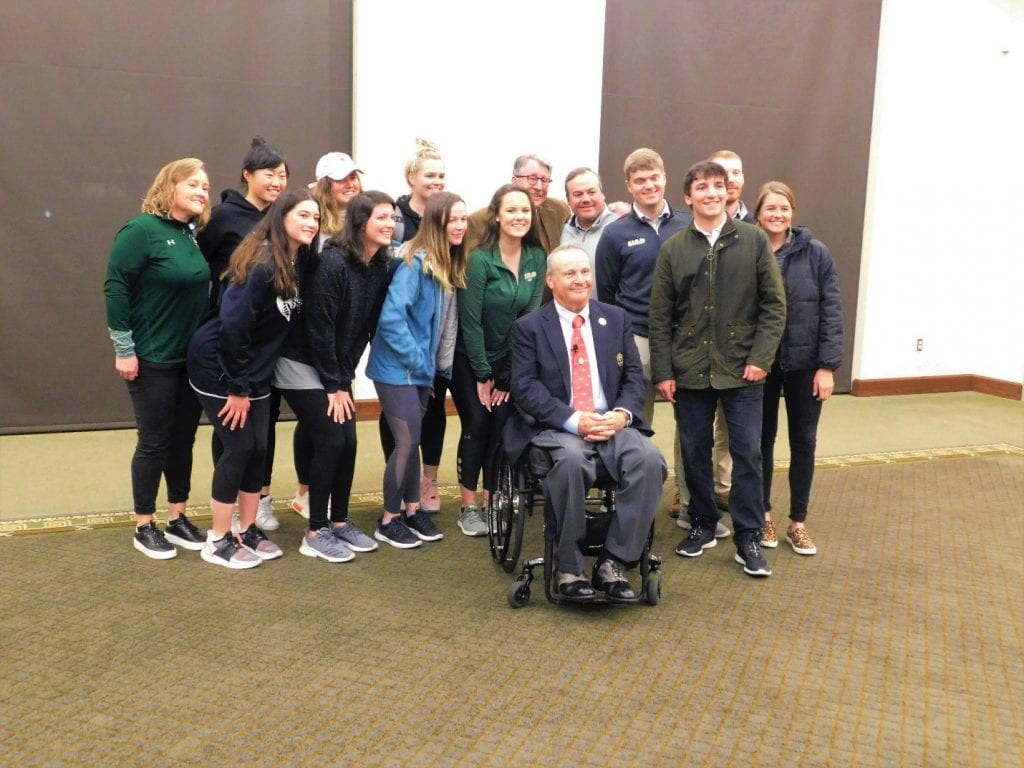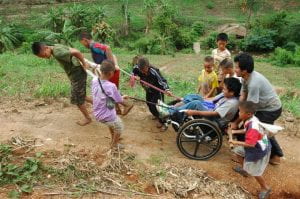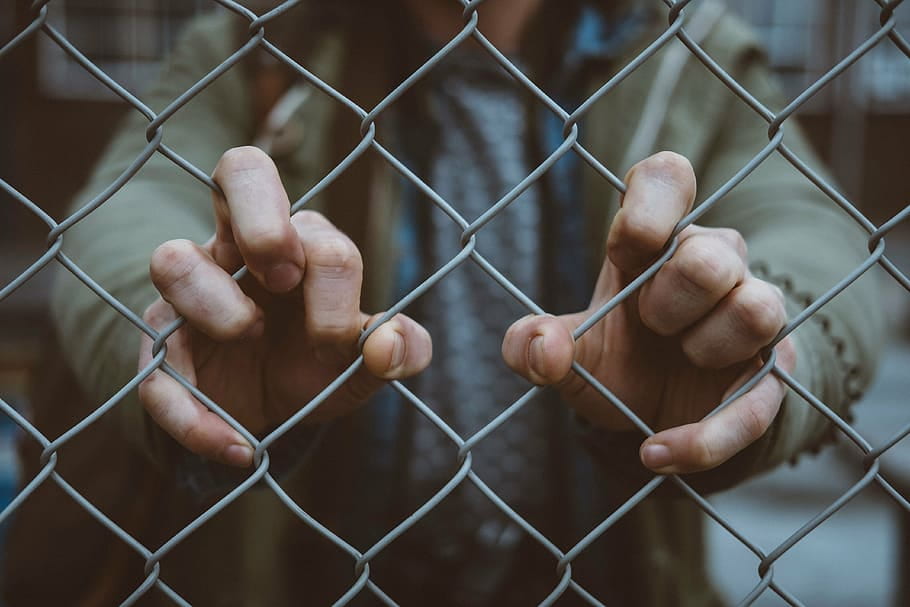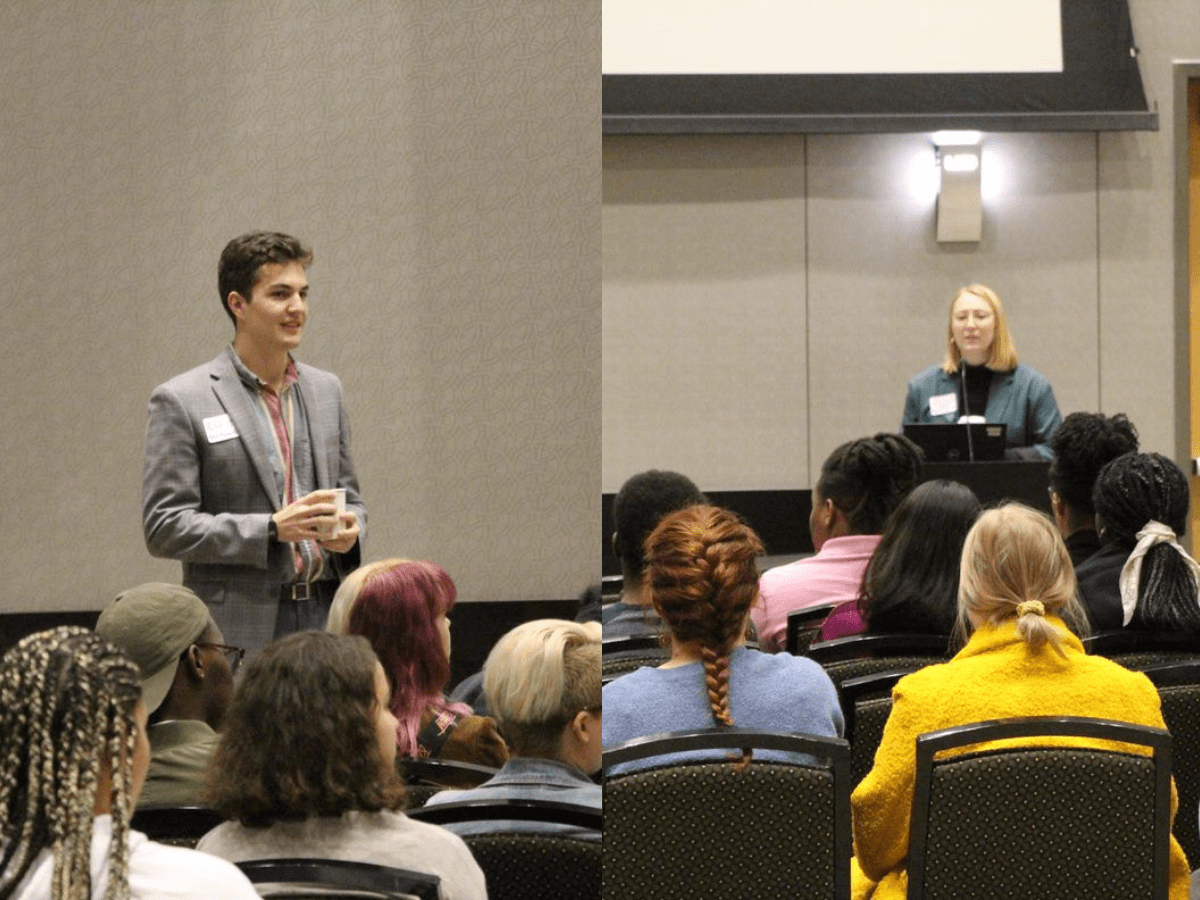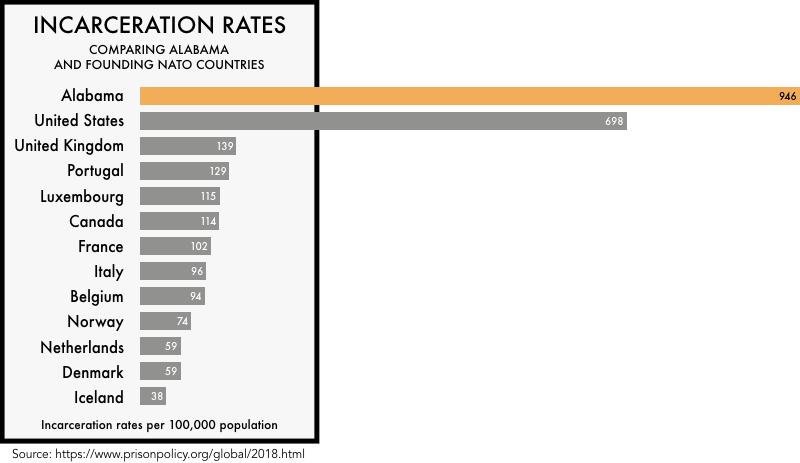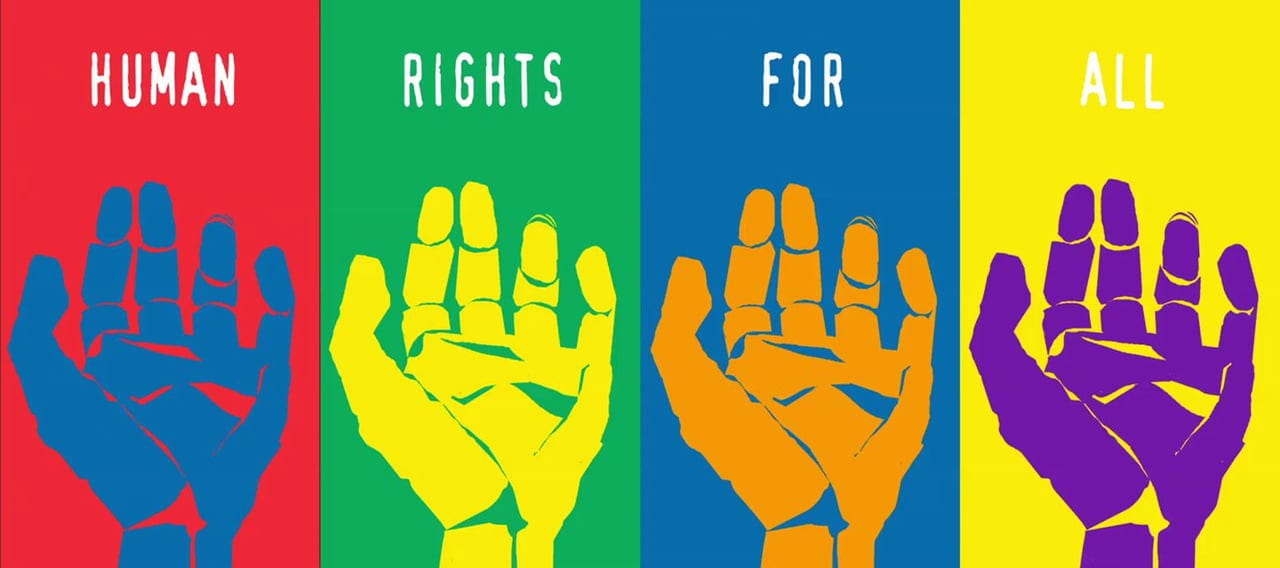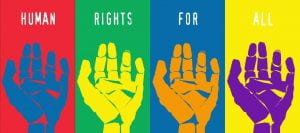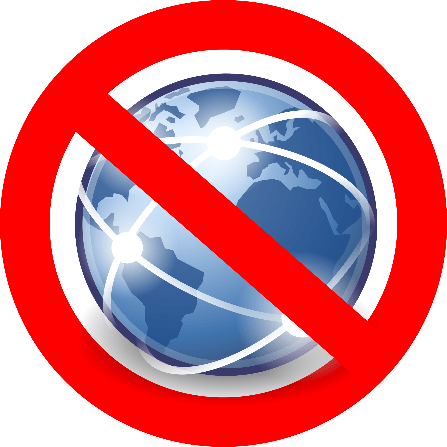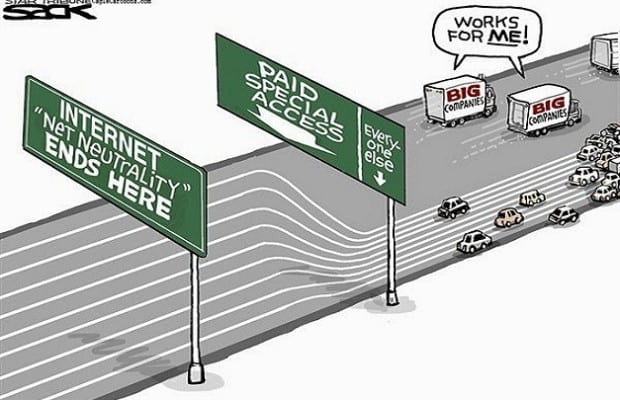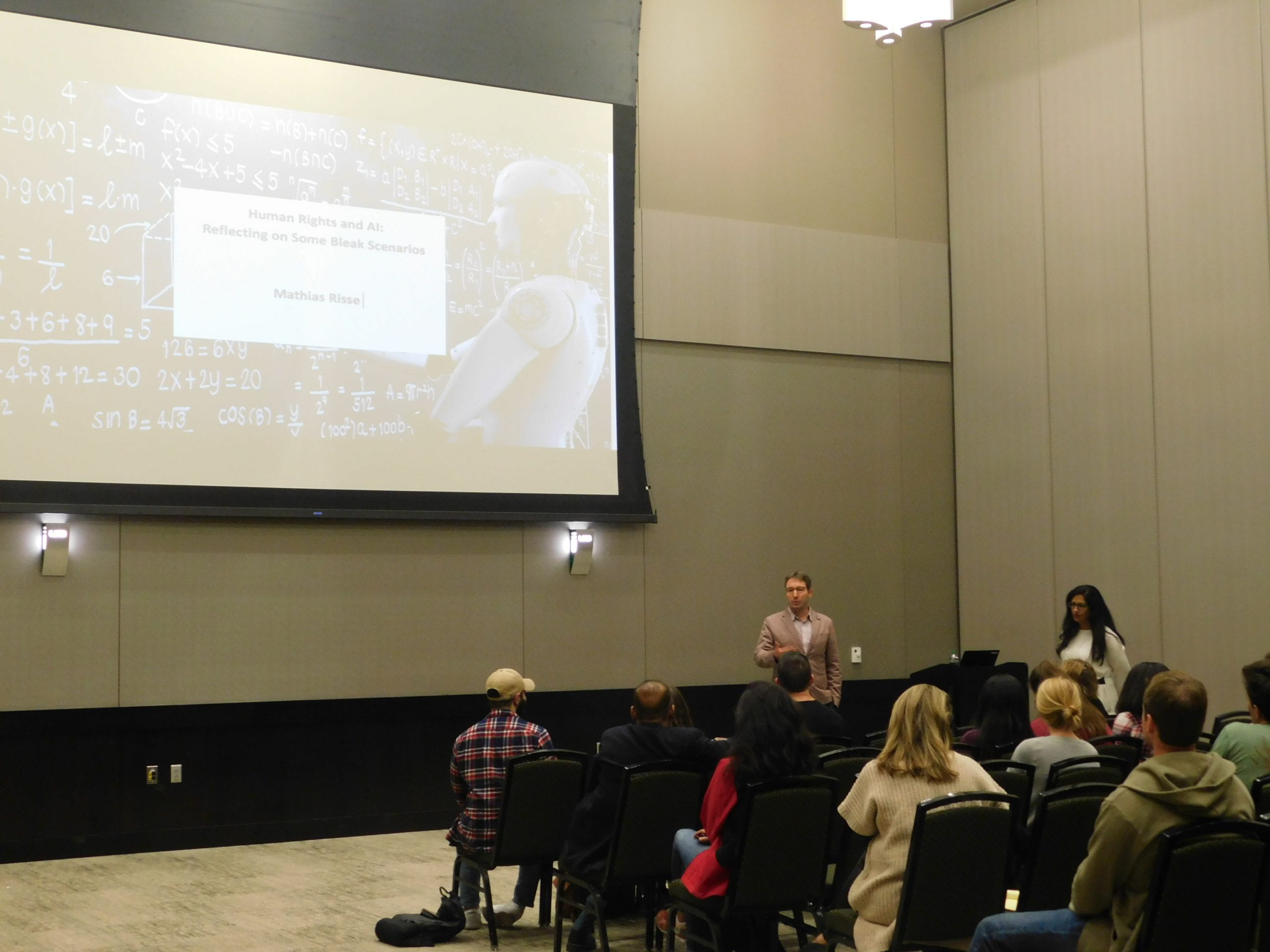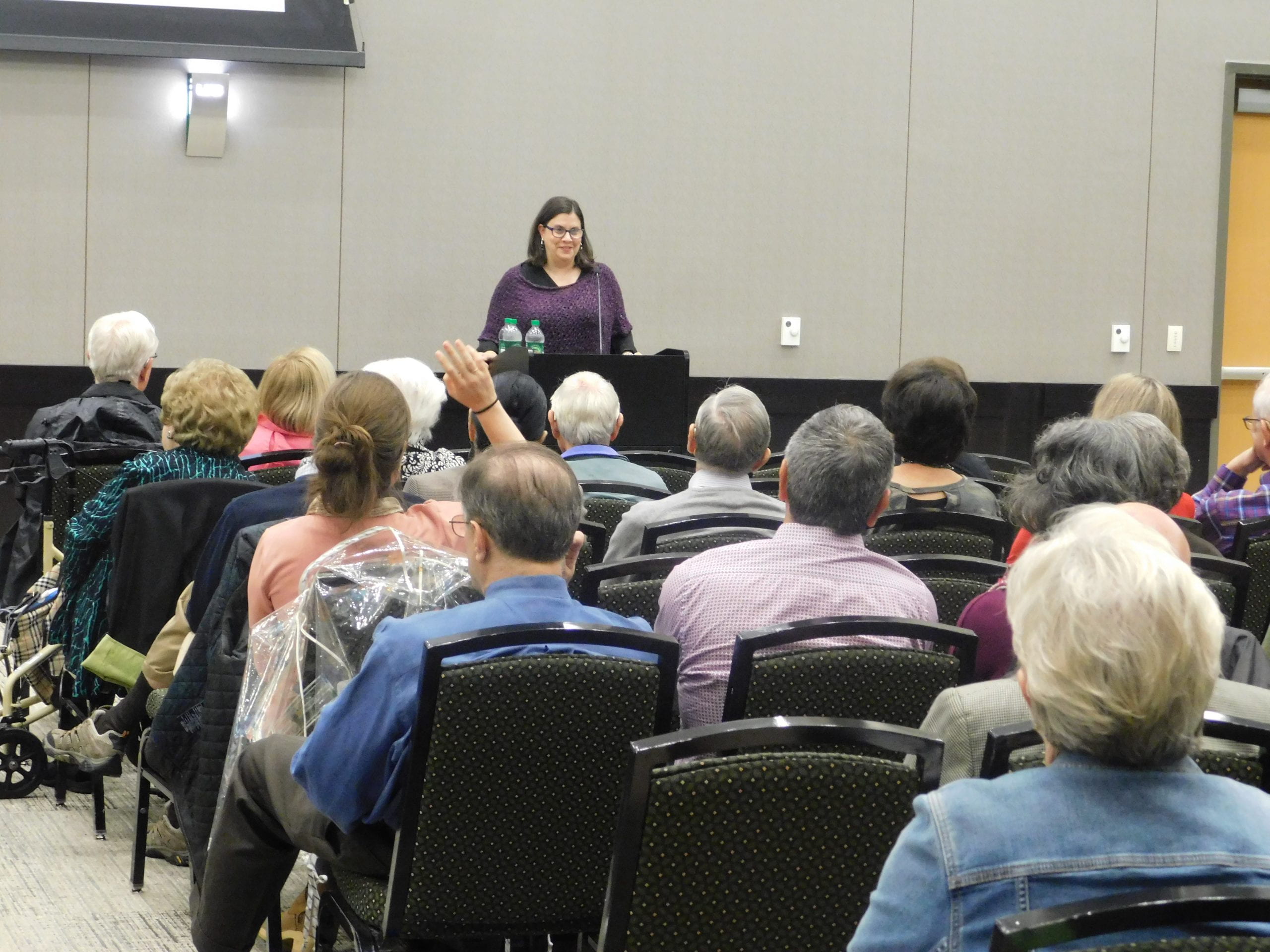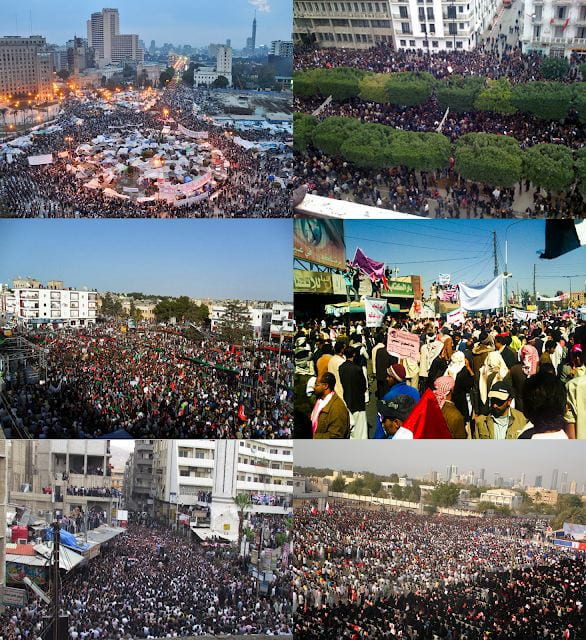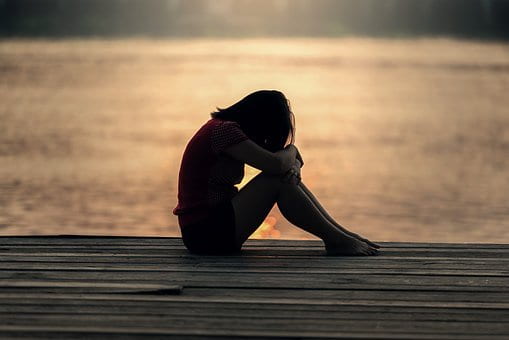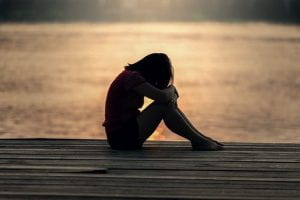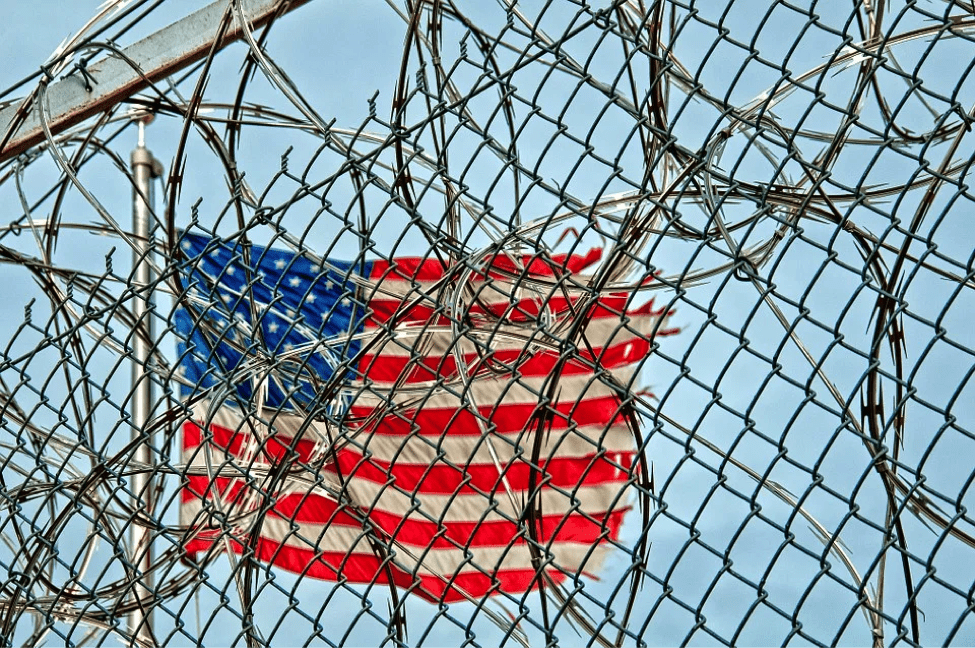
With the release of the film Just Mercy, which recounts Bryan Stevenson’s experience challenging death row convictions in Alabama and creating the Equal Justice Initiative, the criminal justice system is once again in the news and the topic of the death penalty is being debated. First off, everyone should see the film. Until we do away with the death penalty it is necessary that we confront the realities of it in as many ways as possible. The work that Stevenson is doing is beyond admirable, and unfortunately is still needed, yet I couldn’t help but feel a bit pessimistic about this debate. Partly because it seems so obvious to me that the death penalty should not exist, partly because I have little faith in the current federal administration or the state government to address this, and partly because we have been having this debate about the death penalty my entire life. So I fought that initial feeling and began to think about how I could incorporate criminal justice into my own work on environmental justice and human rights.
Prisoners = Environmental Justice Communities
According to the Environmental Protection Agency (EPA), environmental justice is “the fair treatment and meaningful involvement of all people regardless of race, color, national origin, or income with respect to the development, implementation, and enforcement of environmental laws, regulations and policies”. In other words, no community should disproportionately bear the brunt of environmental ills, such as pollution, yet in reality, minority and low-income neighborhoods are the ones to bear the brunt. Just as race-based and class-based disparities exist in the experience of environmental ills, they also exist in the criminal justice system and are both the result of broader injustices, such as colonization and white supremacy. African Americans make up 40% of the prison population while representing only 13% of the American population, and Latinos make up 20% of prisons, but only 15% of the population. Low-income populations also have higher rates of incarceration then more others.
Although they are not often included in conversations about environmental justice, the US prison population mirrors other environmental justice communities in many ways especially in regards to discrimination, lack of political representation, lack of access to social services and economic marginalization. Minority and low-income individuals are disproportionately represented in prisons and therefore are disproportionately affected by inadequate prison conditions. Inmates in the US are further at risk due to their reliance on the state for protection and provision of basic needs, all while dealing with the chronic stress of prison life and lack of adequate health resources. Yet, despite this, the US continues to fail to recognize prison populations as environmental justice communities.
Unjust Prison Conditions
There are currently about 2.3 million individuals incarcerated in the US, including those who are awaiting trial, and all of those lives are affected by the inadequate prison conditions plaguing the US.
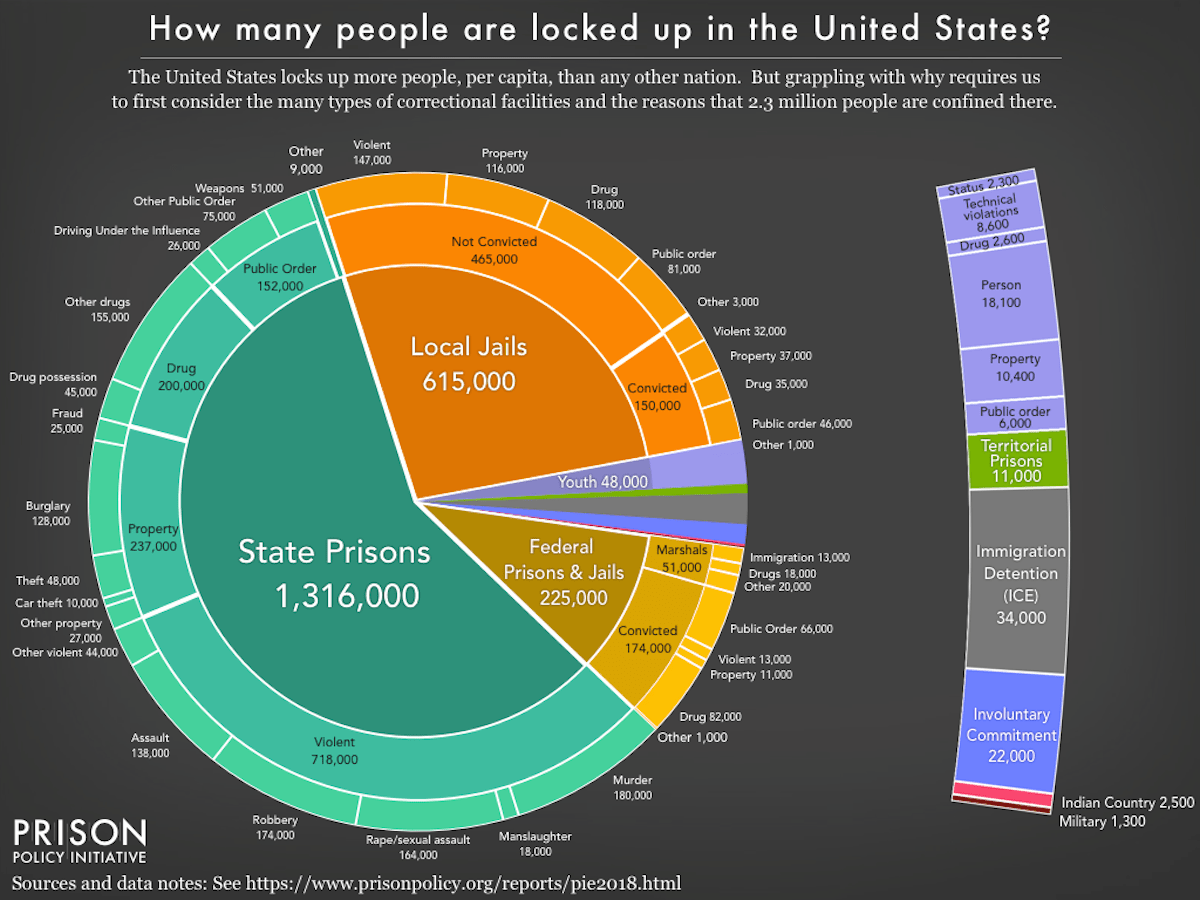
Source: Peter Wagner & Wendy Sawyer (2018) Mass Incarceration: The Whole Pie 2018, www.prisonpolicy.org
Prison conditions throughout the country have been so inadequate that courts have ruled that they violate the 8th Amendment, which prohibits cruel and unusual punishment. Many of these conditions are the result of environmental ills such as excessive heat or cold, exposure to asbestos, lack of drinkable water and exposure to toxic elements. Yet, while some cases have been won no national changes have been made and environmental injustice continues.
-
- Heat is the most common cause of weather-related death in the US and this is only expected to rise in the face of climate change. Since 2007, at least fourteen prisoners have died from heat-related symptoms in Texas state prisons, and that is only one state. In addition, there are no federally mandated laws on temperature control.
-
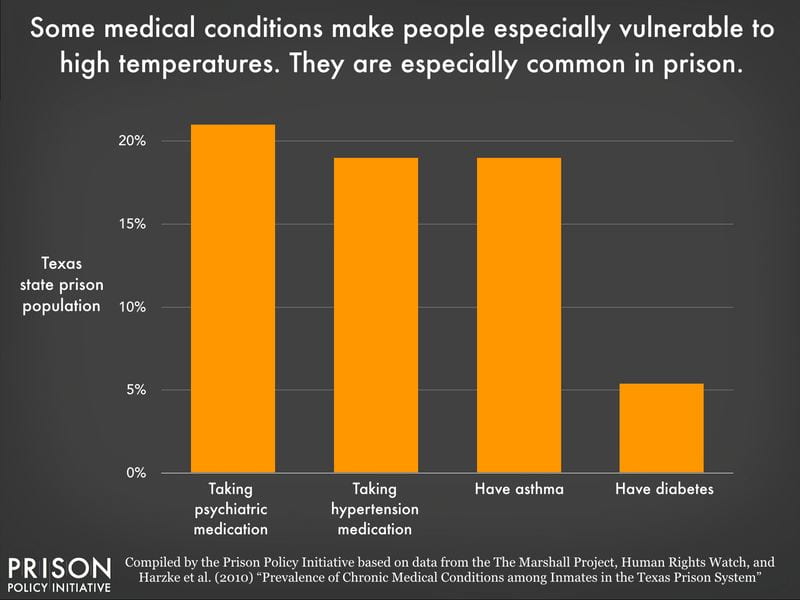
Some Medical Conditions Make People Especially Vulnerable to High Temperatures.
Source: Alexi Jones (2019) Cruel and unusual punishment: When states don’t provide air conditioning in prison, www.prisonpolicy.org- In February, inmates in the Metropolitan Detention Center in Brooklyn, NY were stuck in freezing cells for a week as the temperature dropped to below freezing and heating became almost nonexistent.
- Prisons also fail to adequately prepare for extreme weather events. When Hurricane Katrina hit New Orleans in 2005 over 8,000 inmates were incarcerated at Orleans Parish Prison. Despite the mandatory evacuation, prisoners were forced to remain for several days in flooded cells, with a limited supply of food and drinking water and lack of basic sanitation. Similarly, prisoners were not evacuated from flood zones in Puerto Rico during Hurricane Maria.
- Both prisons and toxic sites are considered undesirable land use and therefore they are often placed in the same area with little to no regard for the health of inmates. 589 of 1,821 federal and state prisons exist within three miles of a Superfund site, with 134 being within one mile. These sites commonly contain toxins such as arsenic, lead, mercury, and polychlorinated biphenyls (PCB) and can cause extensive damage to human health.
Unjust Working Conditions
Prisoners are also vulnerable to numerous environmental ills in their work environments. The Thirteenth Amendment abolishes slavery “except as a punishment for crime” and under this ruling prisoners can be forced to work for no pay. Courts have also ruled that inmates do not have the right to refuse work and can be placed in disciplinary confinement for refusal. While only some states have refused any payment, most inmates make less than a dollar an hour. In addition, inmates are not protected by workplace health and safety regulations set by the Occupational Safety and Health Administration (OSHA) because they are not considered employees under the Fair Labor Standards Act (FLSA). In other words, there is no outside agency to hold prisons accountable for occupational safety, unless it is so extreme that is constitutes cruel and unusual punishment. Many work assignments deal with extremely toxic materials, such as e-waste and asbestos abatement, or inherently hazardous practices, such as firefighting, with little regard being given to inmate health.
Prison firefighters have received some attention of late due to the recent wildfires in California, with much of it focusing on the fact that they are poorly paid for such work and often cannot become firefighters after they are released. Another important aspect to examine is the physical toll firefighting takes. Inmates are eight times more likely to be injured while fighting fires than civilian firefighters, and the American Lung Association has warned of the negative health effects from continued exposure to particle pollution and carbon monoxide within forest fire smoke, among other hazardous air pollutants.
Responsibility of the State
Prisoners represent an incredibly vulnerable population, as they are completely reliant on the state, and therefore the state has a responsibility to protect prisoners from serious harm. The American Correctional Association’s (ACA) Declaration of Principles even recognizes the principle of ‘‘humanity’’ as being essential and states that ‘‘the dignity of individuals, the rights of all people and the potential for human growth and development must be respected’’. This is because people are sent to prison as punishment, not for punishment. The punishment for the crime is the length of incarceration.
Unsurprisingly, the stated principles of the ACA do not always manifest in reality. One such example took place in Louisiana. In 2016 the state made headlines when it was revealed that it spent more than $1 million of public funds on legal fees in an effort to defend its refusal to install air conditioning on death row at Angola prison. The cost to install the air conditioning and operate it would have been $225,000. The state has a responsibility to protect those in its care and it is failing to do so.
Why Bother?
Many may question why we should care about prisoners when many other communities are dealing with similar environmental injustices. Others may say that they should have thought about these things before they did the crimes and that prison is not supposed to be “easy”.
My response would be to watch Just Mercy and critically examine the “justness” of the criminal justice system. To borrow a quote from Professor Nick Hardwick, “If you’re going to defend the ordinary, everyday rights that all of us depend on as we go about our lives and live in peace and security, then actually you can’t risk sacrificing the principles on which those rights are based, even for people whose behaviour you disapprove of. Once you start saying that those rights are conditional for them, they are conditional for you too”.
Disclaimer: This article is not an endorsement of the concept that incarceration is a necessary evil nor is it a dismissal of the fact that an end to mass incarceration is the most effective way to address the injustices examined in this article.
